The water streets of Venice are canals which are navigated by gondolas and other small boats. During daylight hours the canals, bridges, and streets of Venice are full of tourists eager to experience the romance of this great travel destination. As night engulfs the town, tourists enjoy some fine dining at one of the many restaurants, leaving the waterways and streets quiet.
The gondola is a traditional, flat-bottomed Venetian rowing boat, well suited to the conditions of the Venetian Lagoon. For centuries gondolas were once the chief means of transportation and most common watercraft within Venice. In modern times the iconic boats still have a role in public transport in the city, serving as ferries over the Grand Canal. They are also used in special regattas (rowing races) held amongst gondoliers. Their main role, however, is to carry tourists on rides throughout the canals. Gondolas are hand made using 8 different types of wood (fir, oak, cherry, walnut, elm, mahogany, larch and lime) and are composed of 280 pieces. The oars are made of beech wood. The left side of the gondola is longer than the right side. This asymmetry causes the gondola to resist the tendency to turn toward the left at the forward stroke.
Venetian masks are a centuries-old tradition of Venice. The masks are typically worn during the Carnival of Venice, but have been used on many other occasions in the past, usually as a device for hiding the wearer's identity and social status. The mask would permit the wearer to act more freely in cases where he or she wanted to interact with other members of the society outside the bounds of identity and everyday convention. It was thus useful for a variety of purposes, some of them illicit or criminal, others just personal, such as romantic encounters.
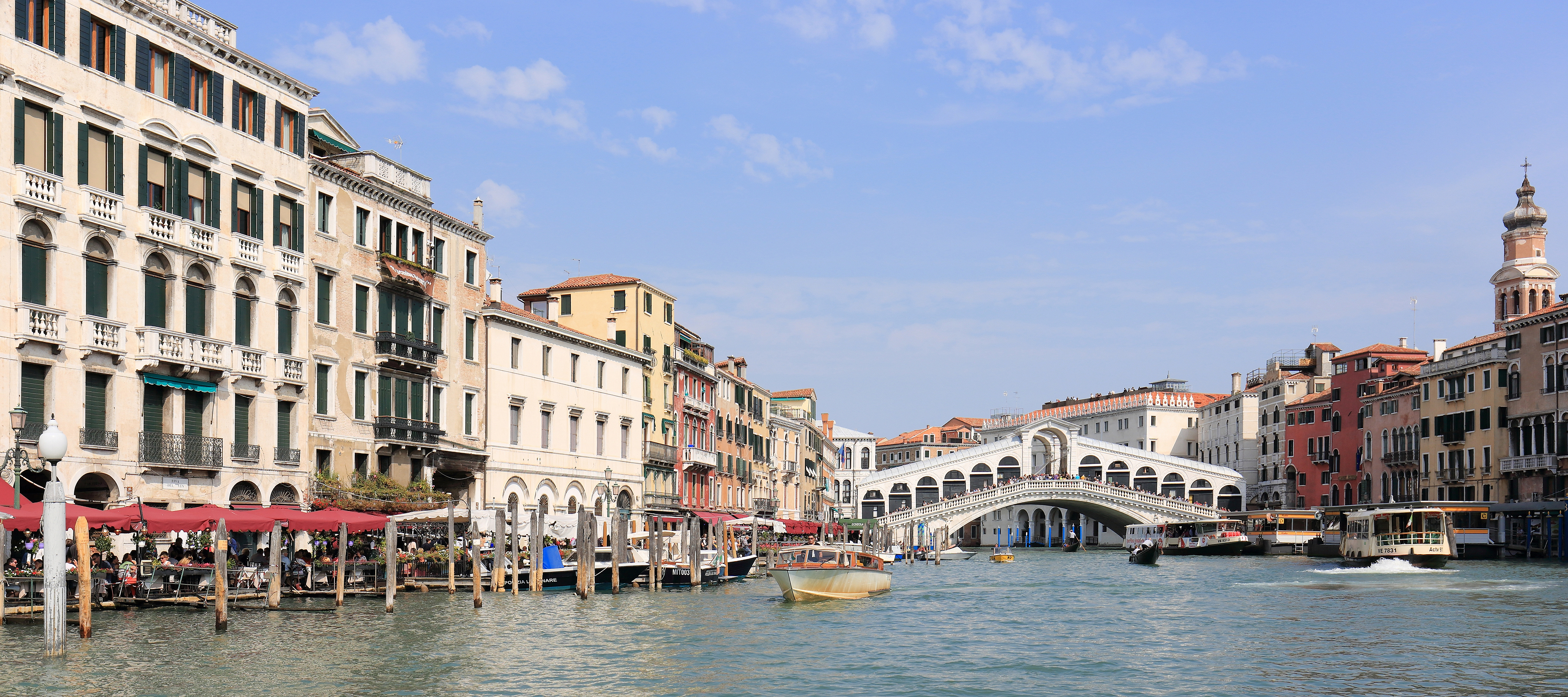
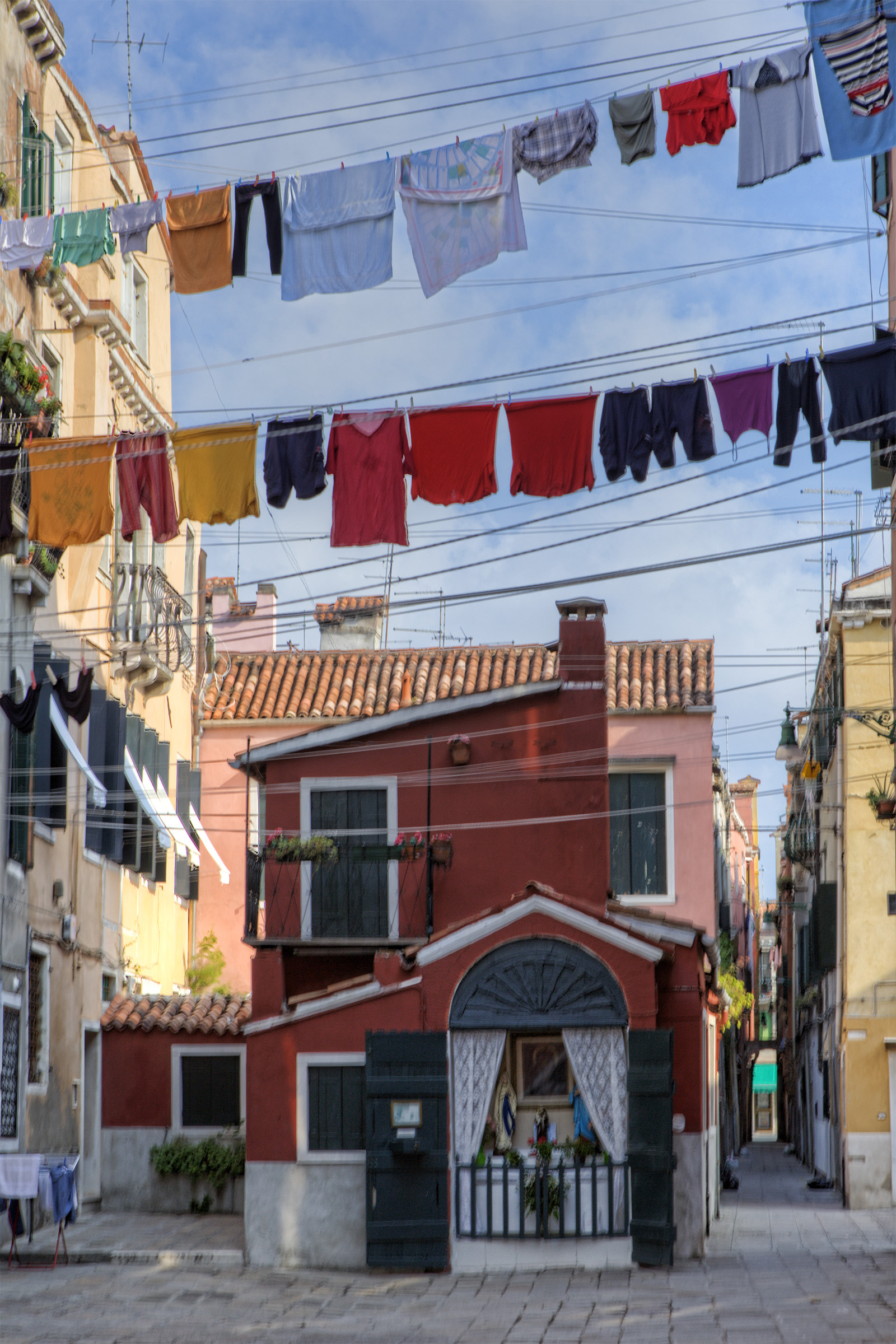
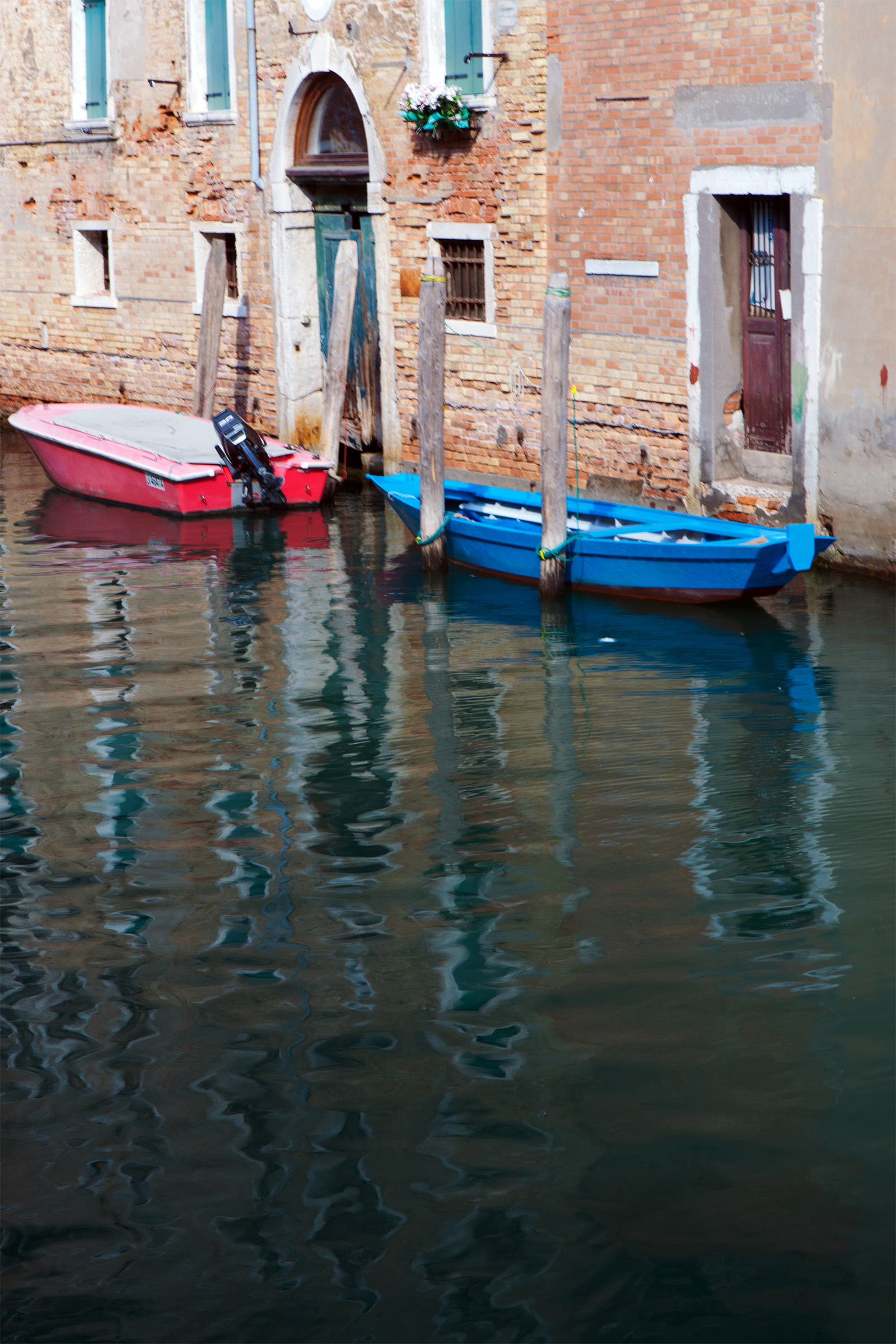
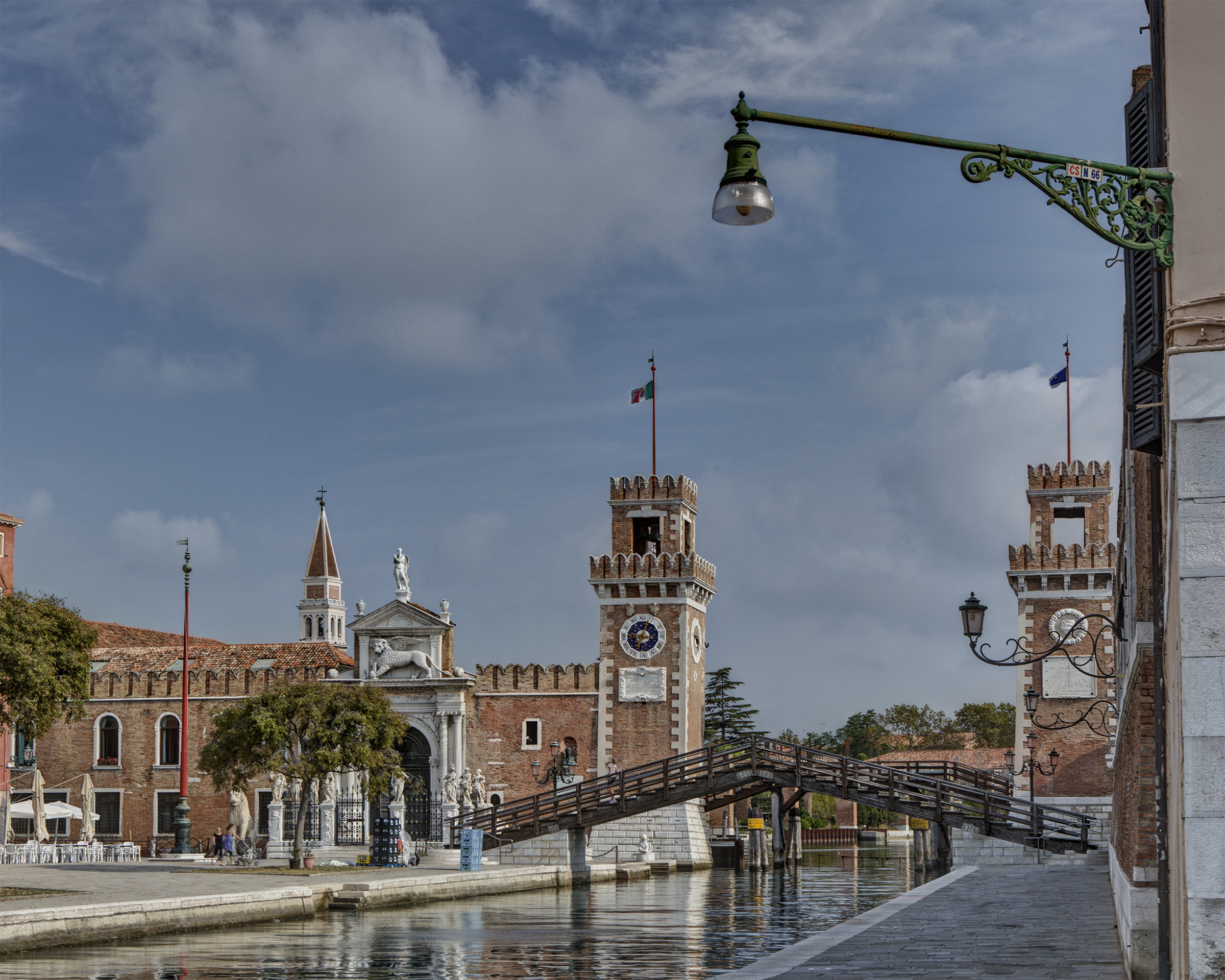

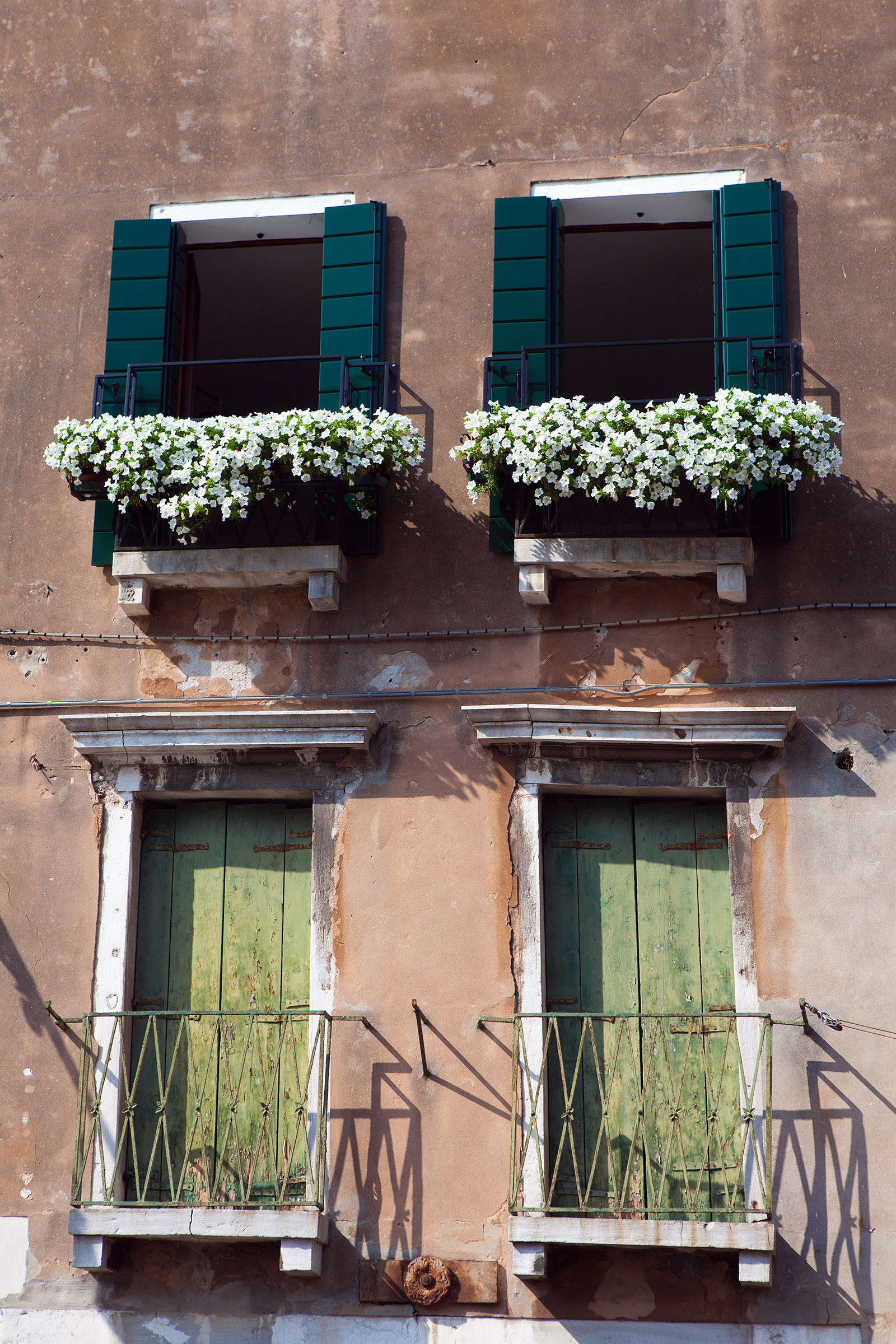
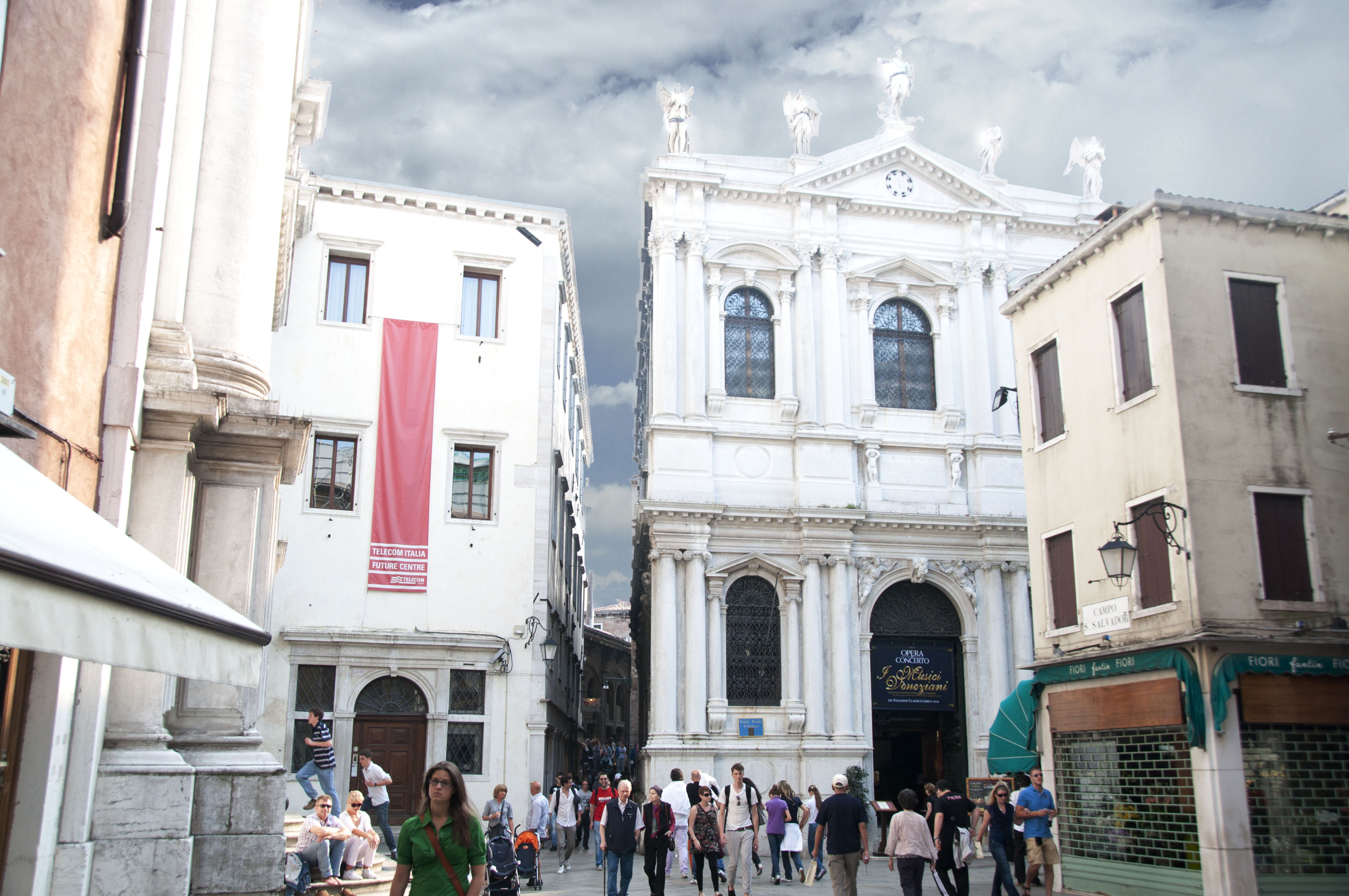


More free photos / by Flickr (Public Domain)